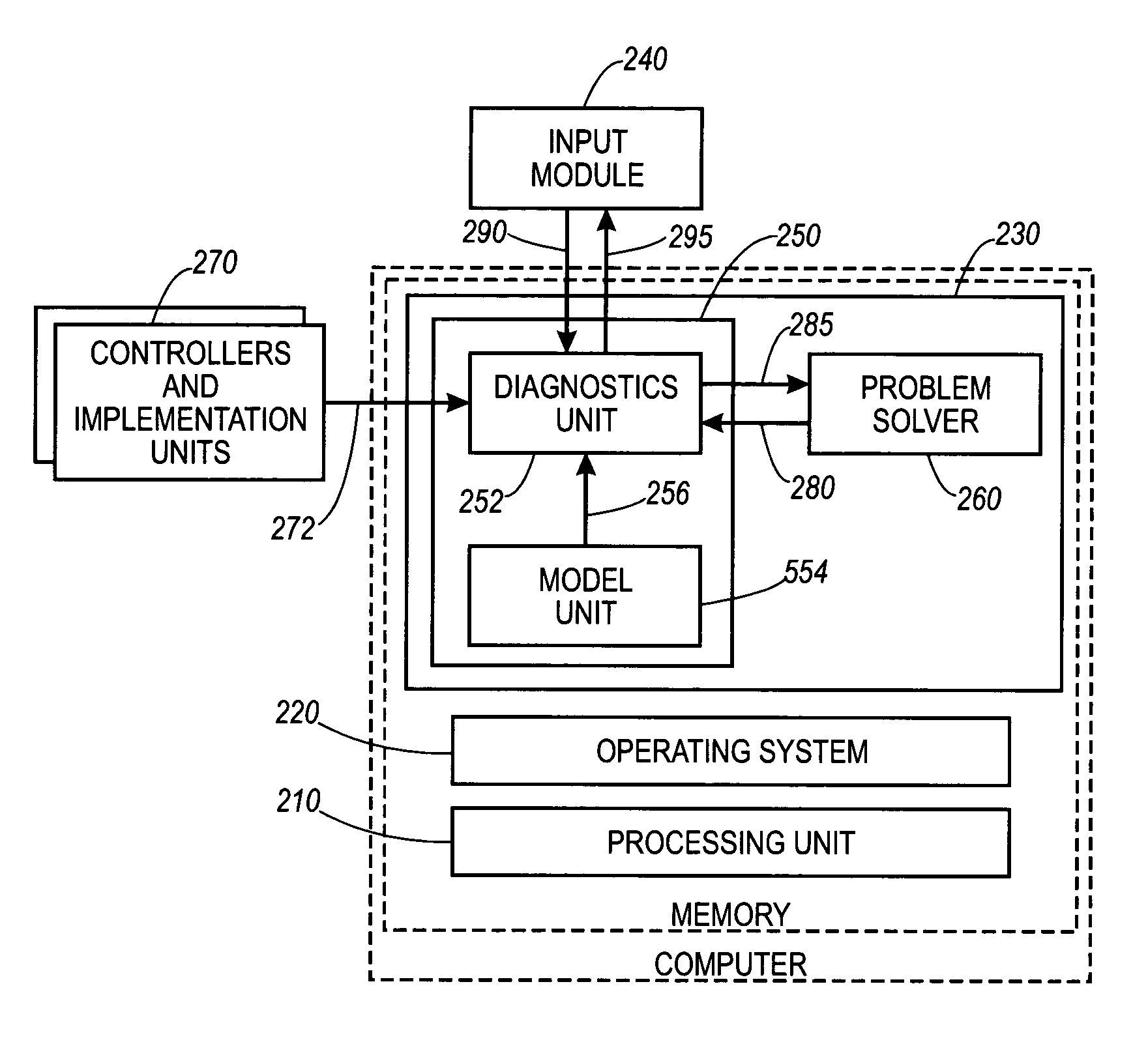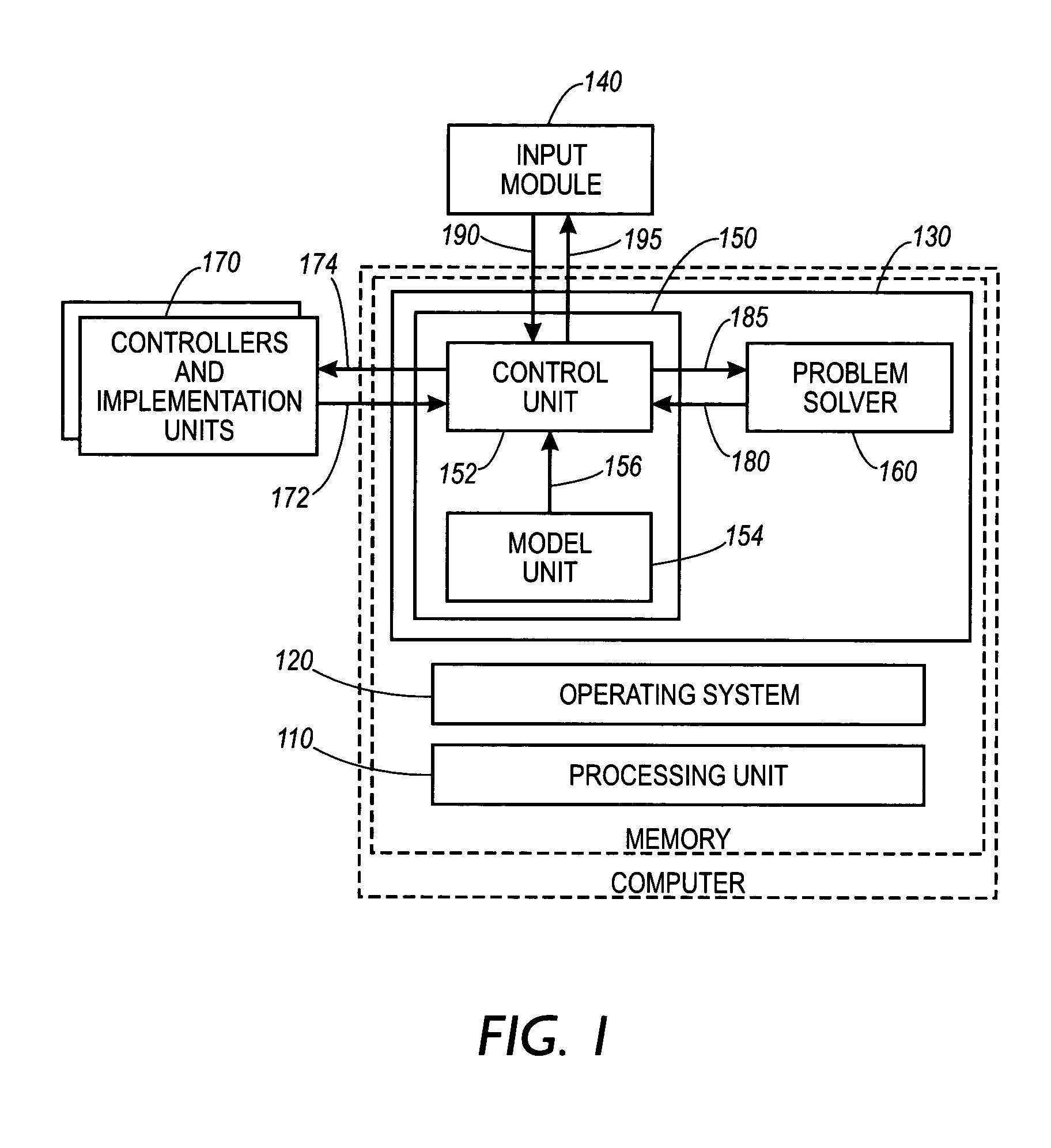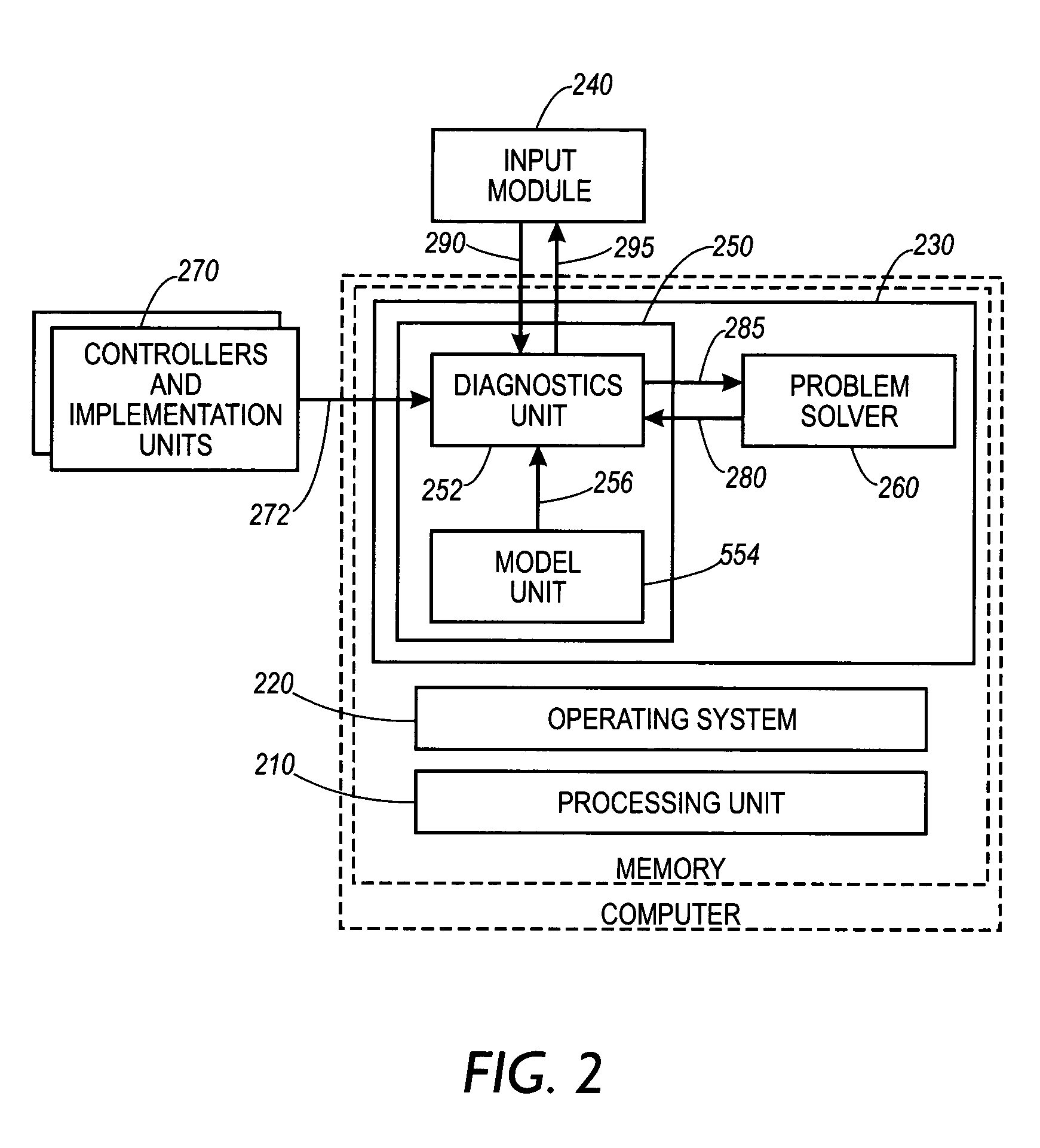Complexity-directed cooperative problem solving
- Summary
- Abstract
- Description
- Claims
- Application Information
AI Technical Summary
Benefits of technology
Problems solved by technology
Method used
Image
Examples
Embodiment Construction
[0023]Different individual constraint solvers and optimizing algorithms can have very different complexity behavior on the same constraint satisfaction or constrained optimization problems. By combining multiple solvers, it is possible to find better solutions within the same time bound, or find solutions of the same quality more quickly. For example, while global solvers are good at searching an entire search space, they do not converge to an optimum well, something for which local solvers are very effective. Consequently, combining global and local solvers in series combines the strengths of each: the global solver moves to a promising region, in which the local solver quickly finds the local optimum. More than two algorithms can also be combined.
[0024]A plain cooperative solver consists of one or more iterations of the following sequence of executions: random (re)start, global solver, local solver. One can analyze the characteristics of the current point (variable assignments) fo...
PUM
 Login to View More
Login to View More Abstract
Description
Claims
Application Information
 Login to View More
Login to View More - R&D
- Intellectual Property
- Life Sciences
- Materials
- Tech Scout
- Unparalleled Data Quality
- Higher Quality Content
- 60% Fewer Hallucinations
Browse by: Latest US Patents, China's latest patents, Technical Efficacy Thesaurus, Application Domain, Technology Topic, Popular Technical Reports.
© 2025 PatSnap. All rights reserved.Legal|Privacy policy|Modern Slavery Act Transparency Statement|Sitemap|About US| Contact US: help@patsnap.com



